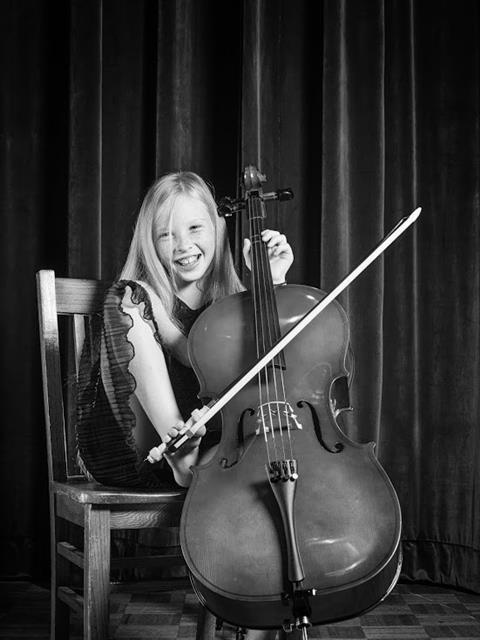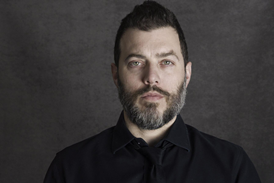Youngsters born with limb differences can be as determined as anyone to learn an instrument – and here's how to help them achieve their goals

In the December 2013 issue,
Ohio-based cello pedagogue Jennifer Petry explains how she helped
set up a summer music camp in
Cincinnati for young string players with limb differences. The
camp tutors help children learn to play musical instruments,
including the cello and piano, using their feet and toes rather
than hands and fingers. Here, Petry hands on some practical advice
and guidance for teachers, based on her own experiences.
- It is very important to look at each child as capable, rather
than disabled. Ask a student what they can do, instead of telling
them what they cannot do.
- Inspire them with stories of other musicians who have learned to
play with their differences; Itzhak Perlman, Adrian Anantawan,
George Dennehy, Rick Allen, others who may be of your personal
acquaintance or the student’s.
- Educate yourself by learning all that you can about that child’s
particular limb difference.
- Consider what you are trying to accomplish before thinking
through how you are trying to accomplish it. Working ‘backwards’
like that can help you figure out your student’s specific
adaptation needs.
- If you get stuck and cannot think of how the student might
possibly be able to accomplish a task, don’t tell them that –
demonstrate it for them and then ask them to imitate you. You might
be surprised at what happens next!
- Don’t let the student control your development of their
technique. If you really feel like a certain posture is more
appropriate to the future capability of your cellist, then insist
on it.
- Despite their amazing adaptability, the student in front of you
is still a child and does not have your expertise. If you are
wrong, you can always go back and change it.
- Connect to others who are teaching adaptively. Make friends with
a physical therapist or an occupational therapist who can answer
your questions.
- Encourage your student. Keep in mind that the child in front of
you, on average, experiences a sense of helpless failure every day
and moves on. Respect that, but take advantage of opportunities to
make up for it.
- Treat them the same musically as you would treat any other
student. Demand a high level of musicality, and give them your best
teaching.
- An adaptive student might develop techniques in a different order
from a traditional student. For instance, vibrato and shifting are
much easier to achieve when playing the cello with the feet, so
they can be taught sooner. Using the second finger is much more
difficult, and will require a lot more time. You will want to
prepare ahead for this.
- Don’t be afraid to string an instrument backwards. It’s easy to
do and they sound fine.
- Always keep a few extra bows around, so you can experiment with
them. There’s no need to ruin your relationship with your favourite
local music store because you messed up their frogs.
- Keep in mind that just because a student cannot accomplish a
certain technique right away does not mean that they won’t conquer
it in a year or so.
- Research how others have accomplished adaptations of a similar
sort, by talking to other teachers and searching the internet.
Read the December 2013 issue to find out how Jennifer Petry and her colleagues set up a summer camp to teach children with limb differences. Subscribe here, or download our digital edition as part of a 30-day free trial.


























No comments yet